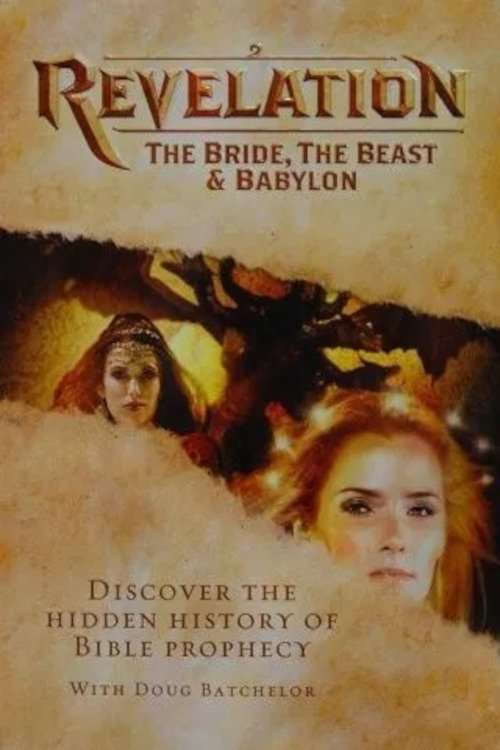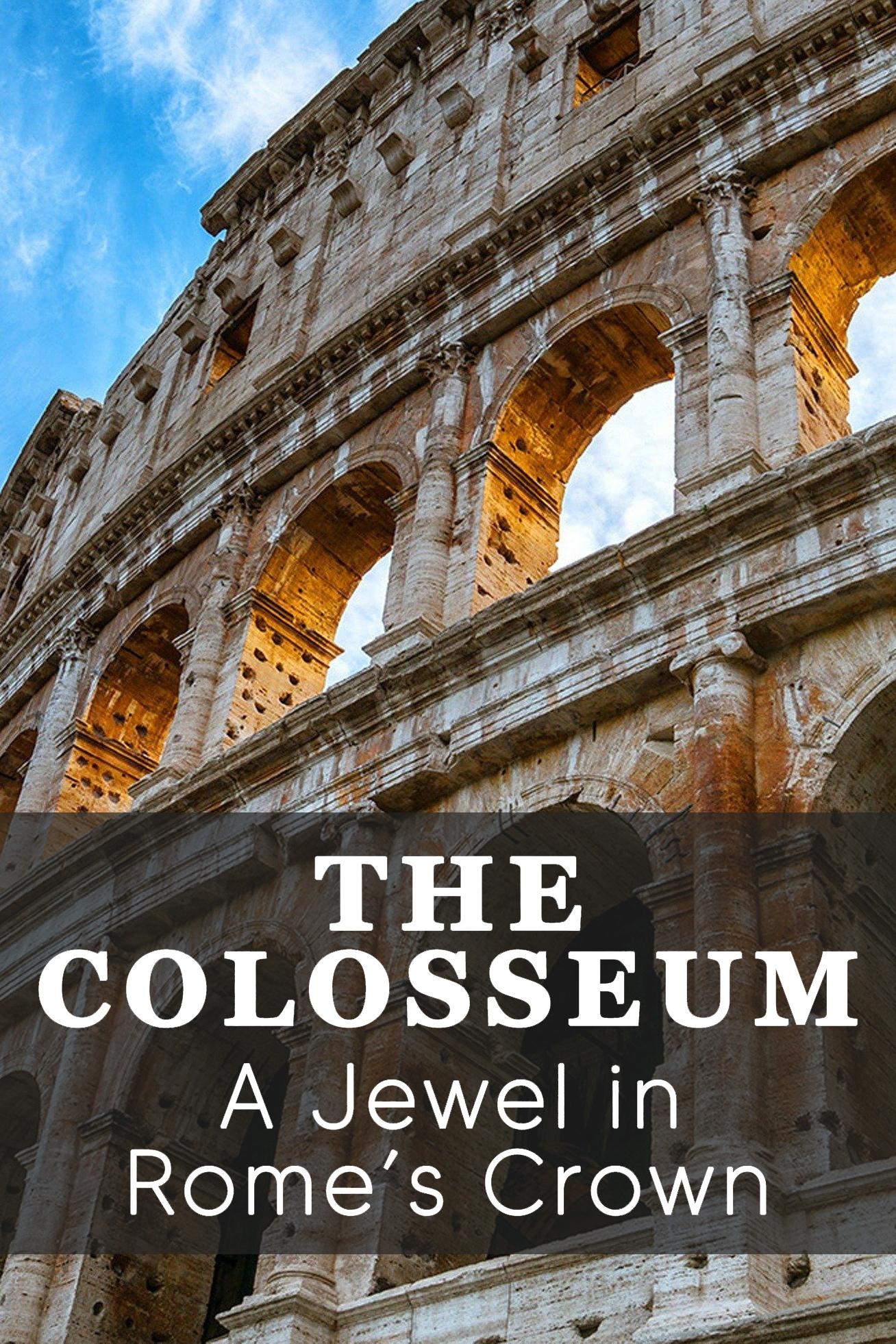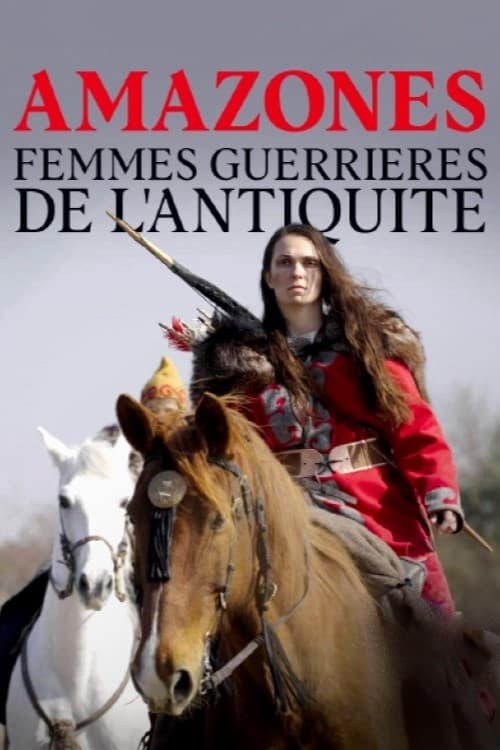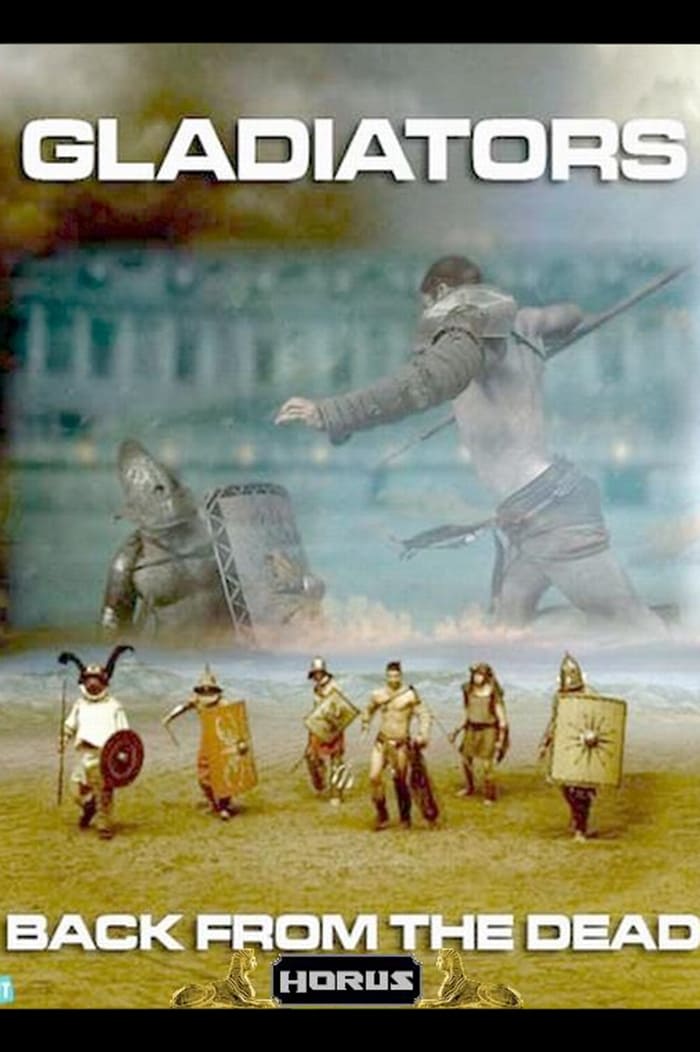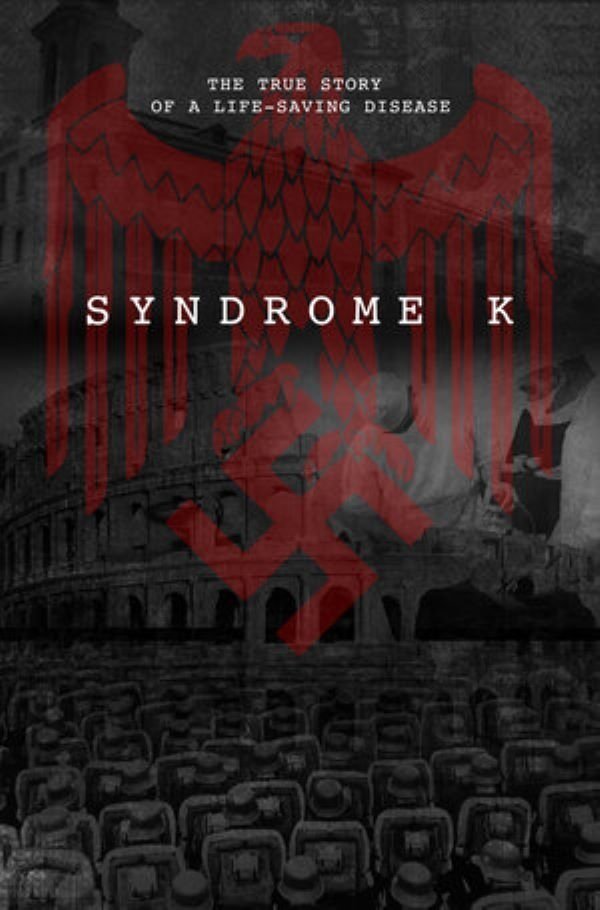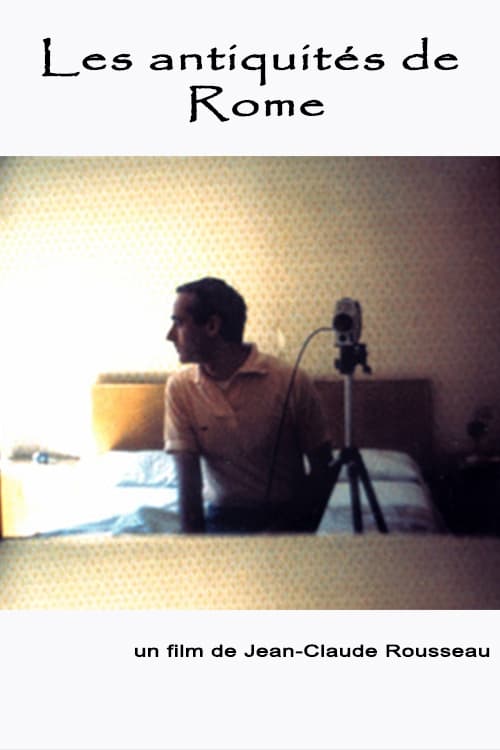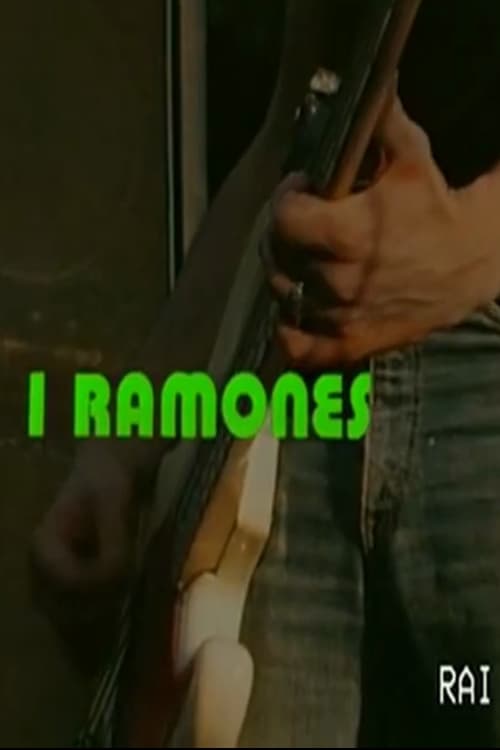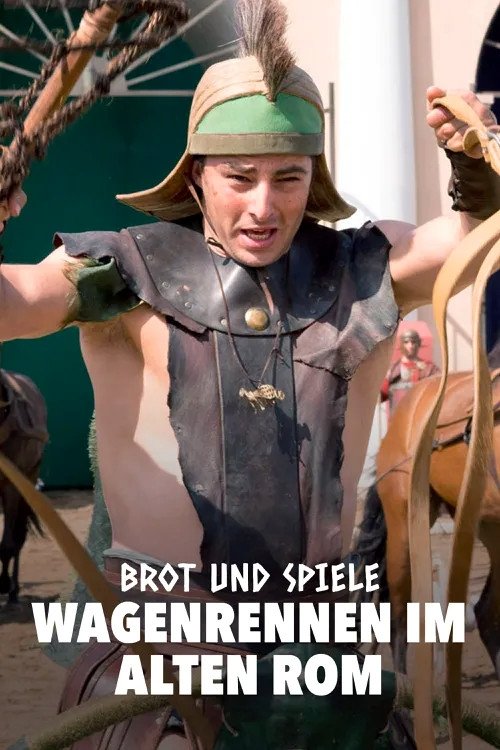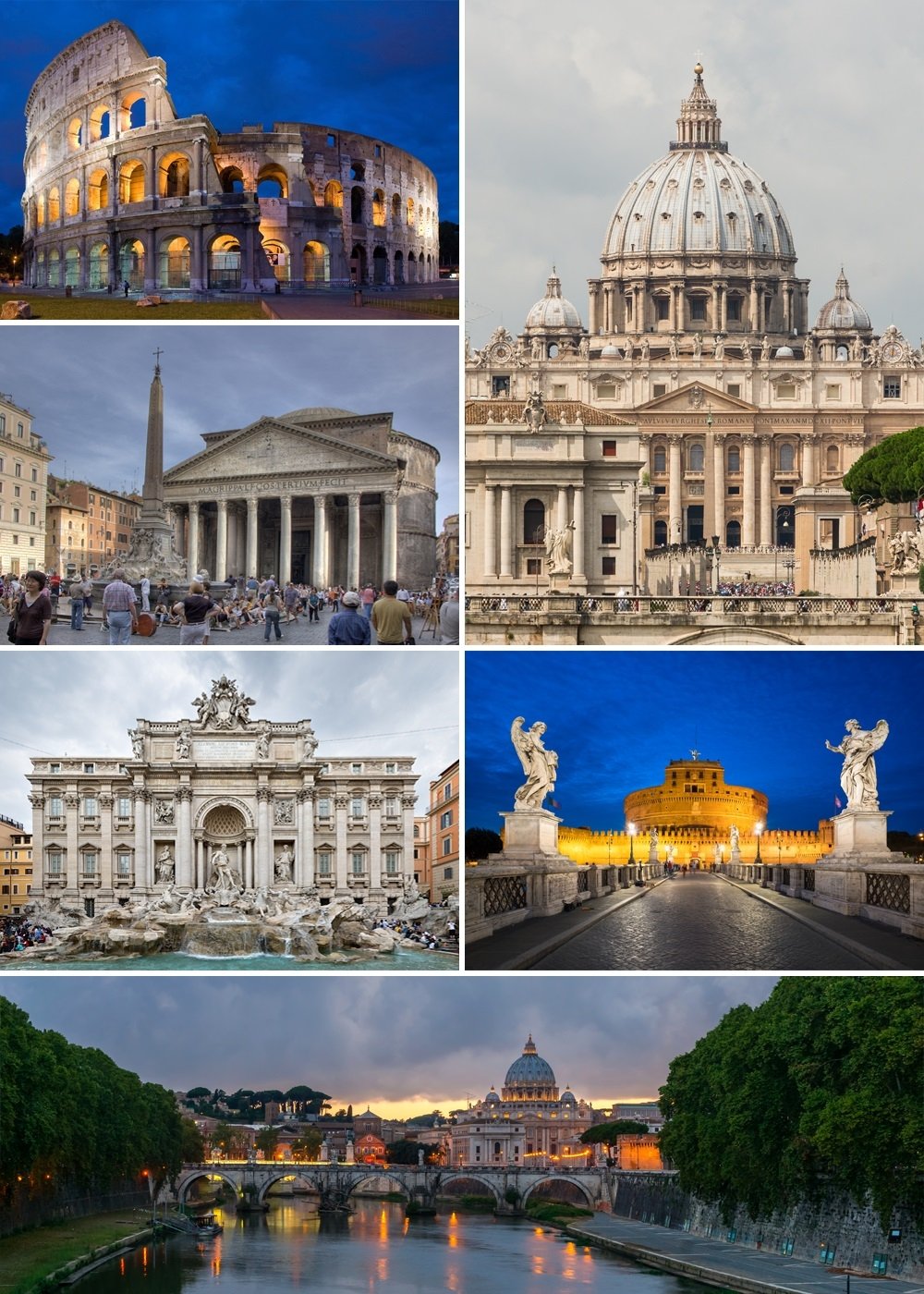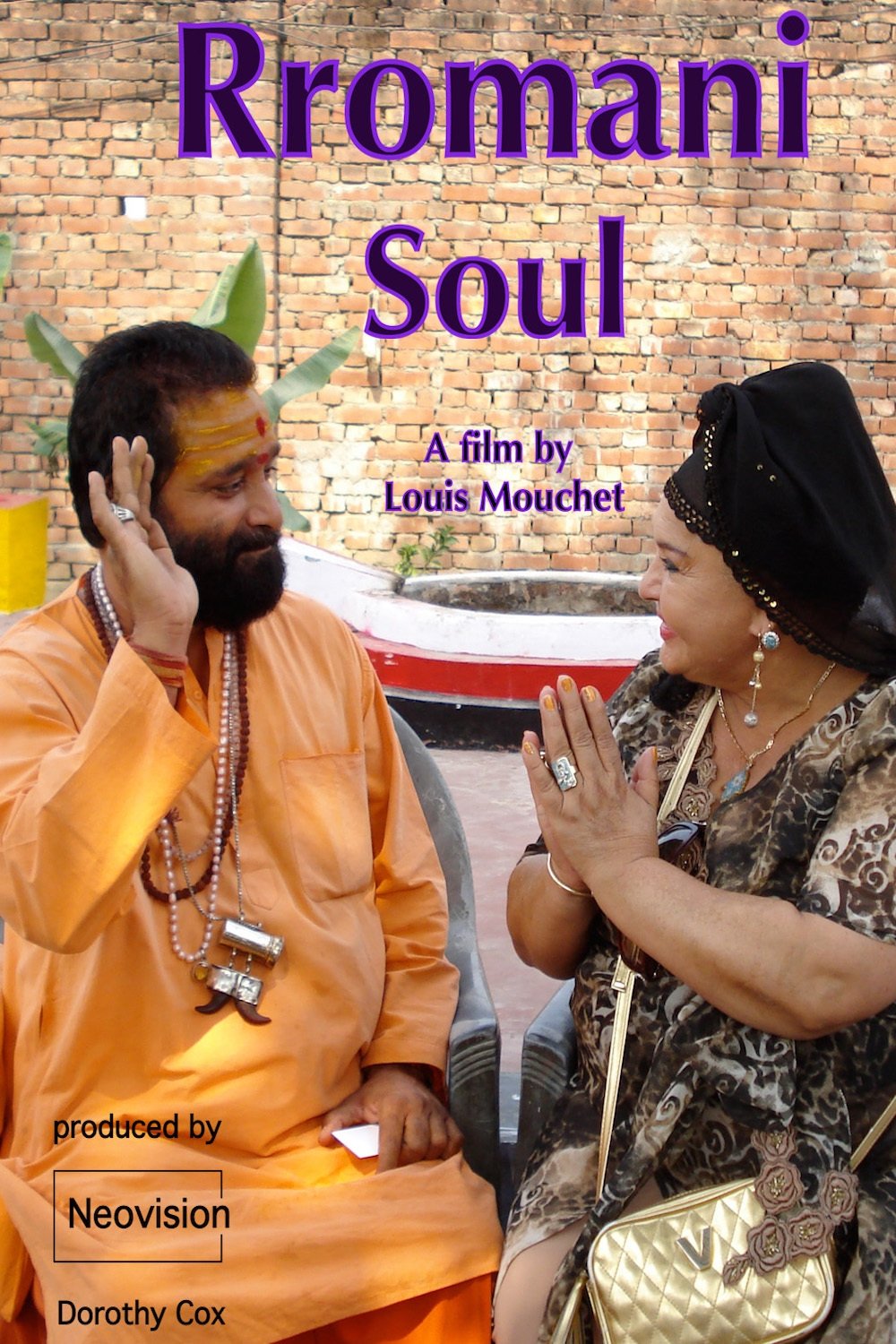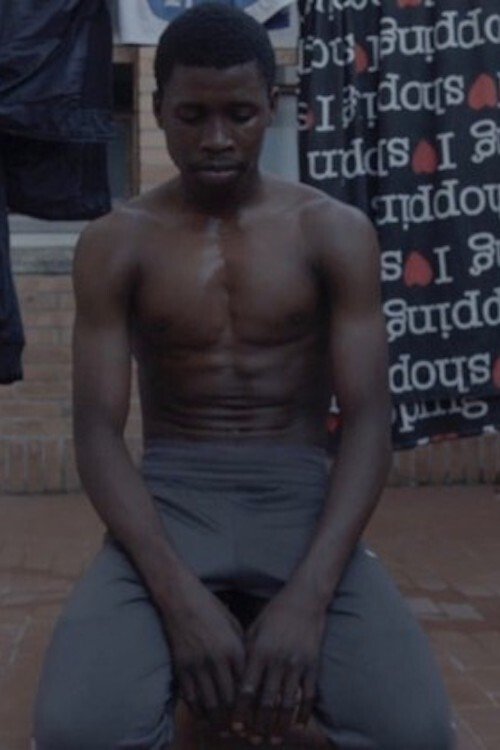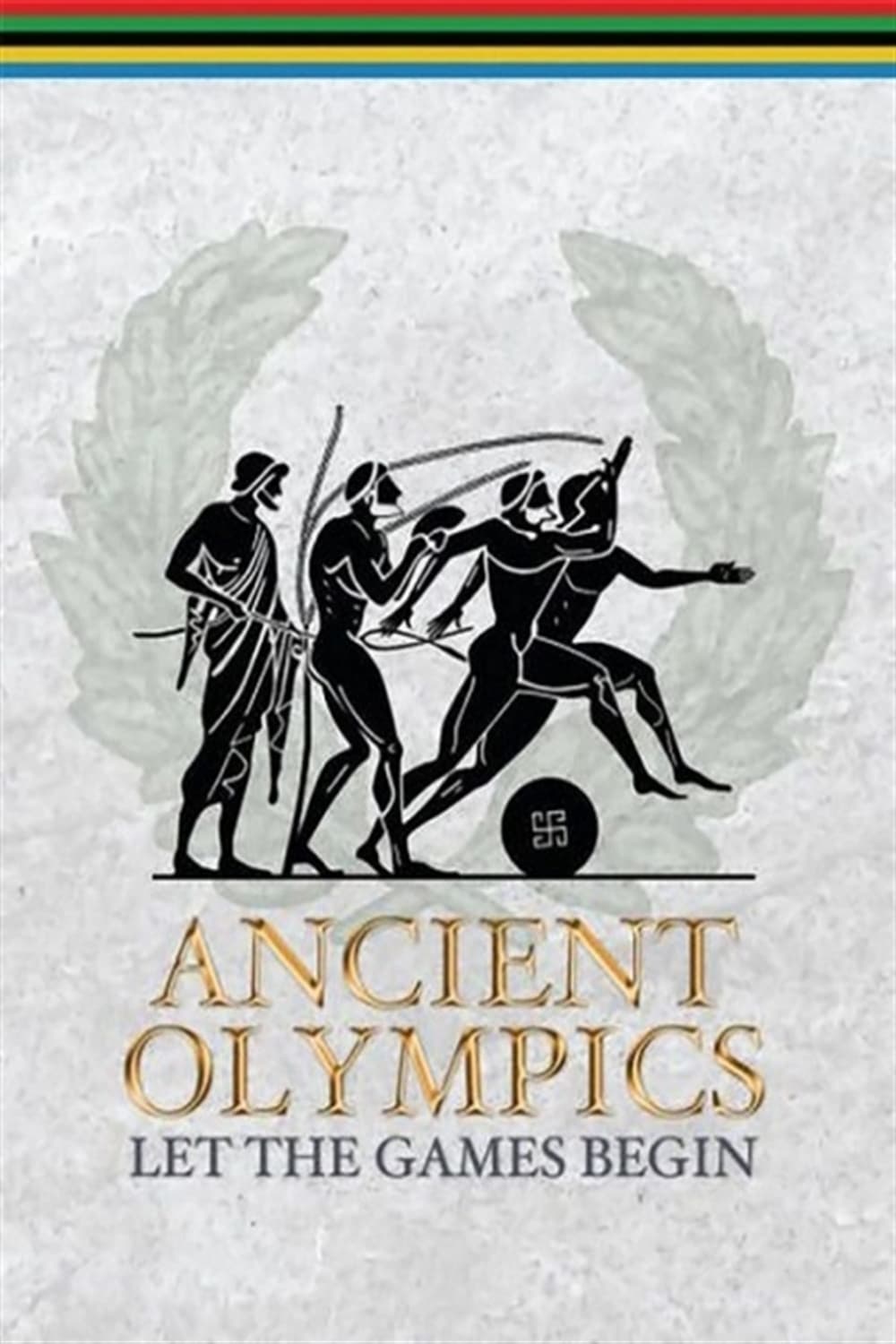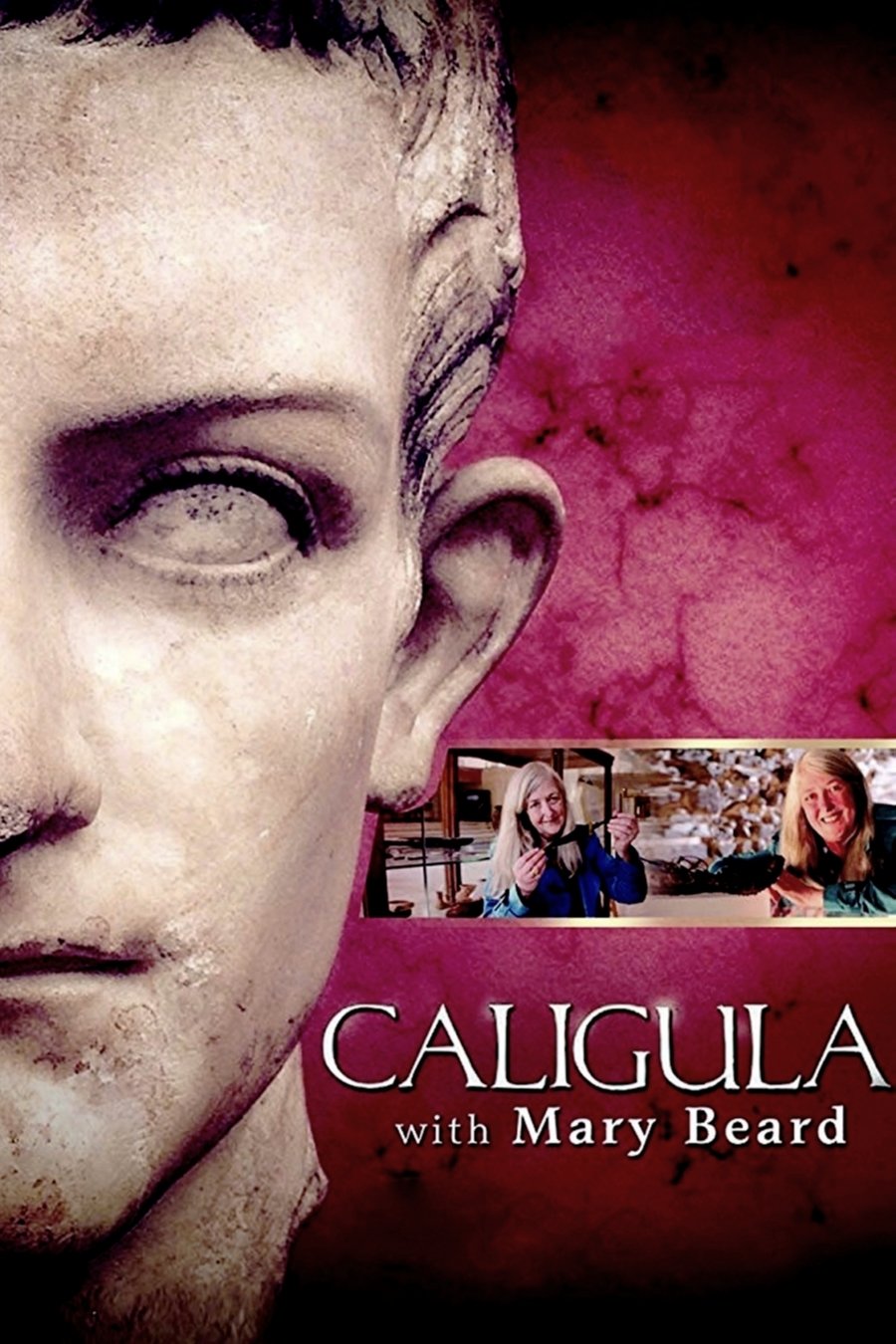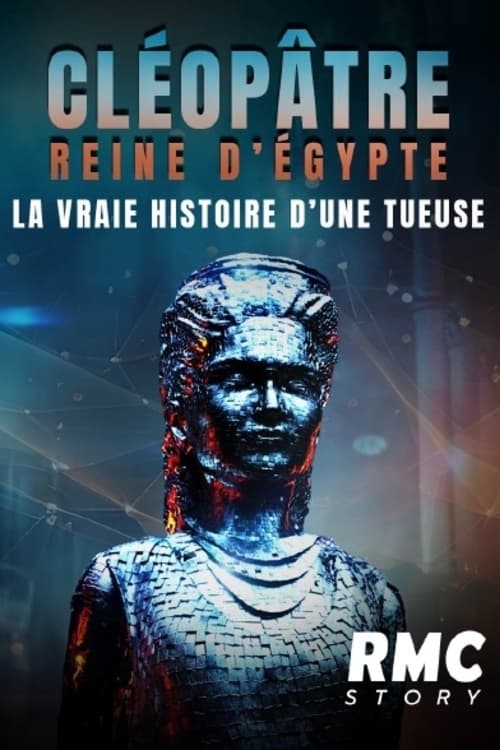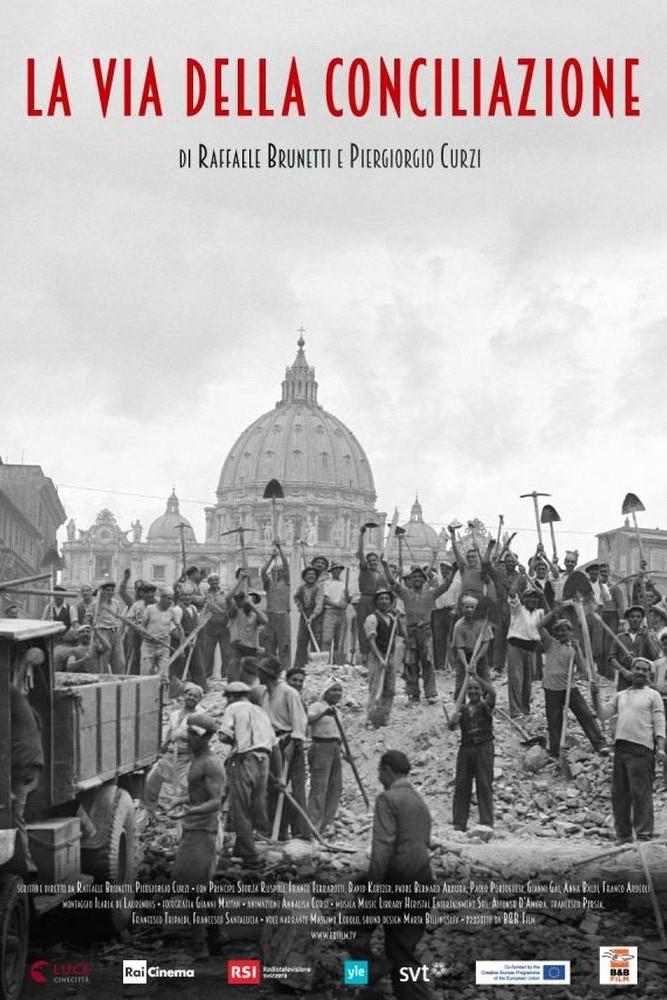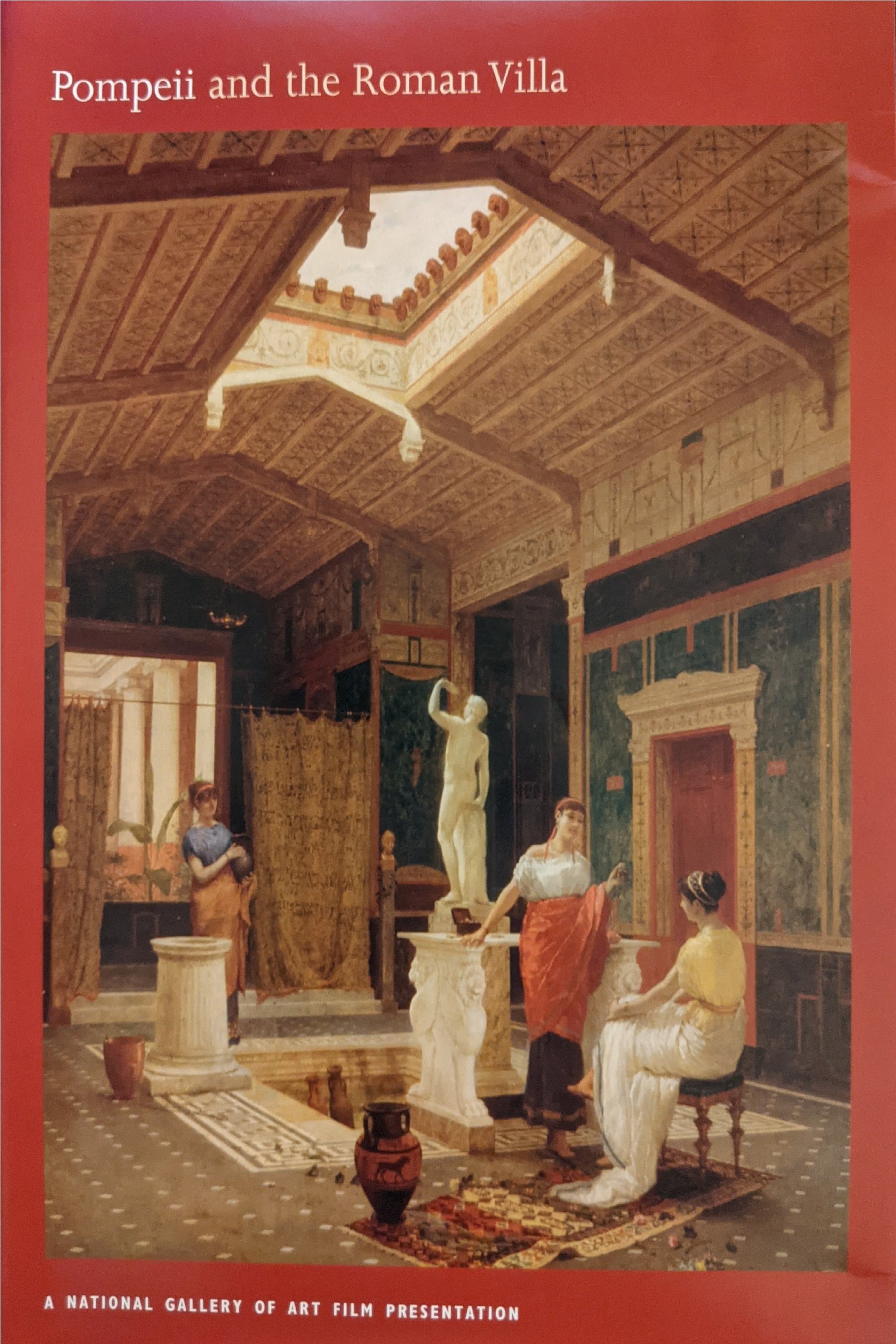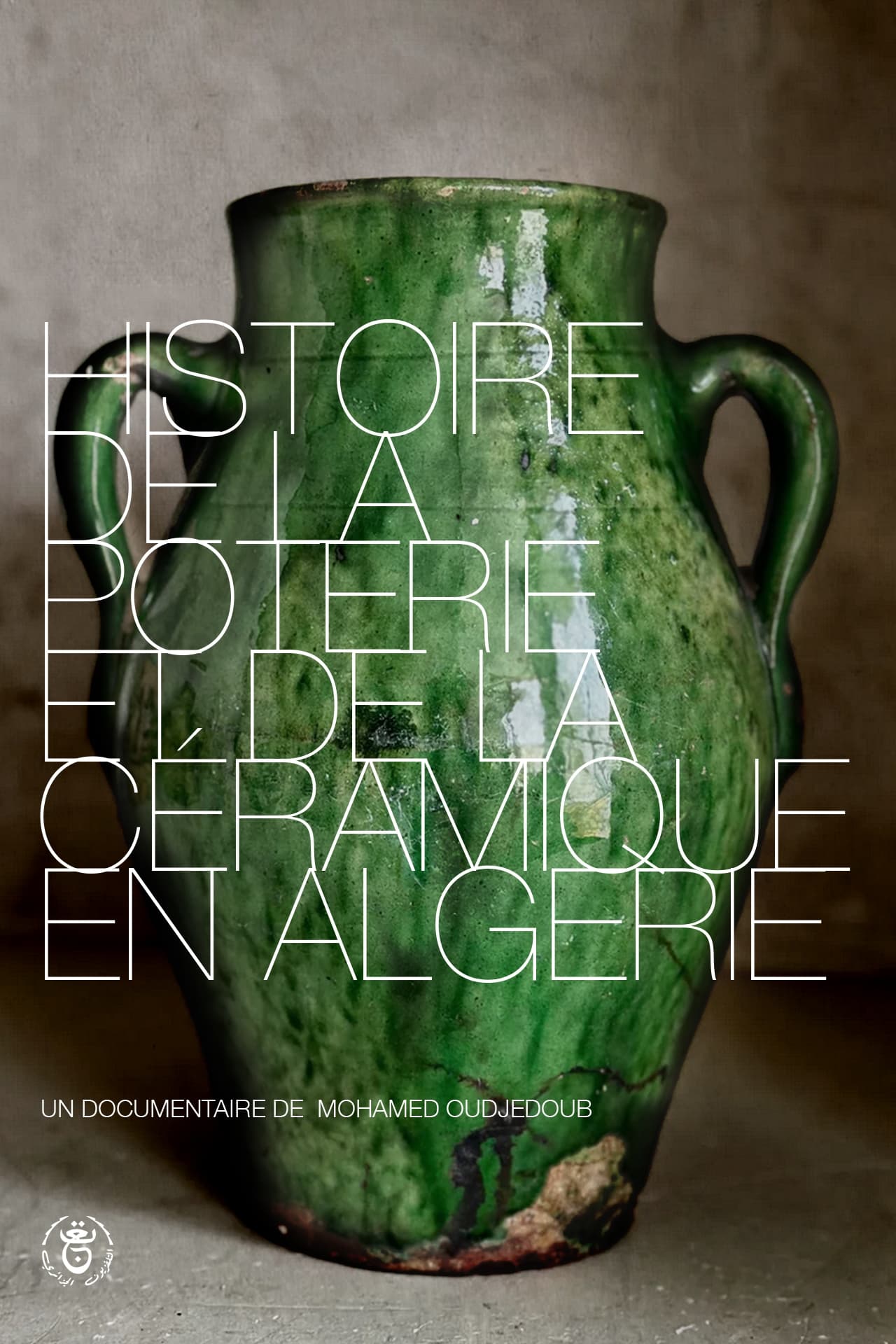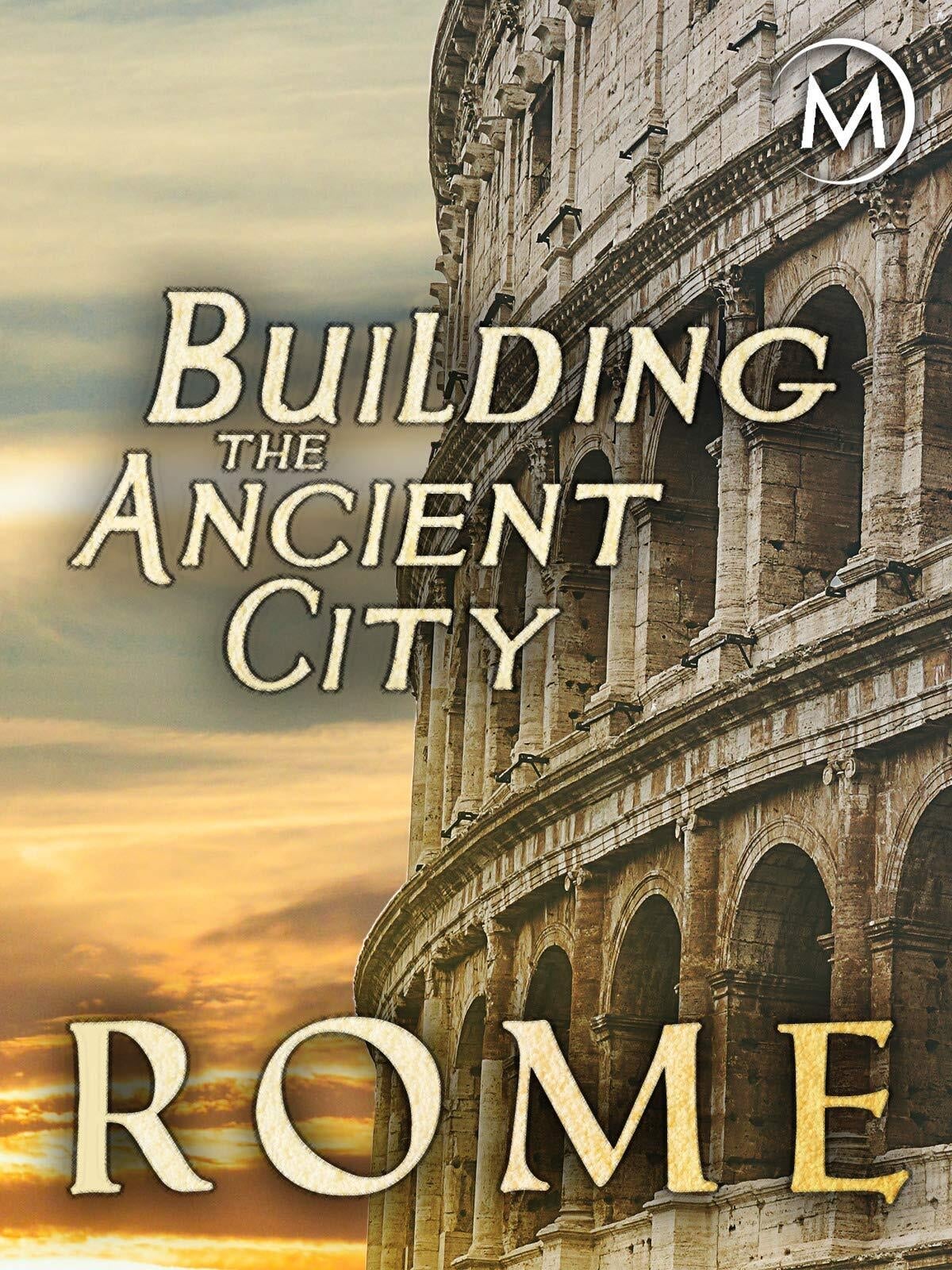
Building the Ancient City: Rome ()
Overview
Rome, 2000 years ago was the world's first ancient megacity. In a world where few towns had more than ten thousand inhabitants, more than a million people lived in Rome. How did they manage without all the technologies of our modern cities? How did they bring in enough food to sustain the population? How did they house them? How did they maintain law and order? How did they make this city work?
Production Companies
Additional Info
| Budget | $0.00 |
|---|---|
| Revenue | $0.00 |
| Original Language | en |
| Popularity | 0.647 |
Directed By
Paul Elston
Crew
Paul Elston
TOP CAST
Similar Movies
Revelation - The Bride, The Beast & Babylon
Going to the very heart of the Bible's most challenging Book, this one hour documentary decodes the visions of Revelation 12 and 17 for everyone to understand. Journeying from the birth of Christ through the Christian era, this amazing video pulls aside the veil of hidden history to reveal the rise of Babylon, the persecution of the bride of Christ, and the real-world identity of the beast. Educational and inspiring, Revelation delivers the keys to understanding the epic conflict between Christ and Satan and what it means for your life today.
The Colosseum: A Jewel in Rome's Crown
With more than seven million visitors a year, its massive structure and awesome architecture testify to the genius of ancient Roman building techniques, earning it a place not only among UNESCO's World Heritage sites but as one of the new seven wonders of the world. The Roman Colosseum is an emblem of the power of a bygone empire.
The Conclave and Election of Pope Pius XII
A short documentary covering the conclave and election of Pope Pius XII.
Gladiators: Back from the Dead
Up to one million gladiators are thought to have died in arenas across the Roman Empire. And, although fascination with gladiators has been high, the details of their lives and deaths remain fragmentary. Now, with the discovery of an ancient Roman burial site containing 80 skeletons thought to be gladiator warriors, National Geographic recreates the world of the Roman arena and how six gladiators lived, fought and died.
Syndrome K
Syndrome K is the true story about a highly contagious, highly fictitious disease created by three Roman Catholic doctors during the holocaust to hide Jews in a Vatican-affiliated hospital.
The Antiquities of Rome
Rousseau's first full-length feature, and one of the best documentaries/experimental films of the past few decades, sprung equally from Robert Bresson, Michael Snow, and Jean-Marie Straub (who has called Rousseau one of the three best working artists in modern Europe). Again hard places played against drifting sounds from unseen sites beyond the image; the images and sounds, repeated, become inflections of each other. But this time there are historical inflections; Rousseau's film, like Straub's, takes place in a sort of meta-history as characters and ancient sites each become products of outside light and shadow.
Io sono nata viaggiando
A journey back through Dacia Maraini's and her trips around the world with her close friends cinema director Pier Paolo Pasolini and opera singer Maria Callas. An in-depth story of this fascinating woman's life. Maraini's memories come alive through personal photographs taken on the road as well as her own Super 8 films shot almost thirty years ago.
Rromani Soul
RROMANI SOUL traces the true origin of the Rroma people. Through rituals, song and dance we follow emblematic figure and "Queen of the Gypsies" Esma Redzepova to Macedonia, south of France and finally to India. The film reveals for the first time ever that the true and unique origin of the Rroma is Kannauj in Uttar Pradesh, India.
Mirage
Mali - Algeria - Libya - Italy. Issa’s escape from West Africa to the European mainland lasted ten years. Everything was supposed to be better here. But when he arrived in Rome, the only thing waiting for the young man was a life of homelessness and unemployment – which meant no money to send home. Drissa and Sekou share a similar fate, waiting in Italian asylum centres for a residence permit. Then there’s Bubu, who, forced to move from job to job, is unable to settle down. And lastly comes Alassane, who lives without identity papers in a state of constant uncertainty in a refugee camp near Rome. They all have one thing in common: after a gruelling odyssey, none of them has found the Italy they were hoping for when they arrived. Disillusioned, they find themselves in a vacuum of waiting, reflecting on the time they live in and the time that lies ahead.
Ancient Olympics: Let the Games Begin
Come back with us to Ancient Greece, 2,500 Years ago to the original Olympic Games. The ancient Games, like our modern Olympics, included champions and cheaters, glory and scandals, bitter rivalries and contests of strength, speed and savage combat. Set in 448 BC when the pounding of horse's hooves and the brutal hand-to-hand combat could be heard and seen by the crowds that filled the Olympic stadium. This one-hour special event follows the glory and corruption of the arc of a single, five-day Olympiad. The competitions include chariot racing, running, jumping, discus, javelin and two man-to-man combat finals-boxing and pankration, a form of extreme fighting in which death was not uncommon. With the help of sports historians and great athletes such as George Chuvalo and Olympic medallists Donovan Bailey and Angela Schneider, viewers travel back to a very different life-in a very different world.
Caligula with Mary Beard
What is true and what is false in the hideous stories spread about the controversial figure of the Roman emperor Gaius Julius Caesar Augustus Germanicus (12-41), nicknamed Caligula? Professor Mary Beard explains what is accurate and what is mythical in the historical accounts that portray him as an unbalanced despot. Was he a sadistic tyrant, as Roman historians have told, or perhaps the truth about him was manipulated because of political interests?
Sophia Loren in Rome
Sophia Loren, who was born in Rome and lived there as a child, returns to the city that will forever be in her blood and gives her impressions of and reactions to the mosaic of Rome and the people she encounters there during her visit. She meets Marcello Mastroianni and Vittorio de Sica as she visits the sights, affectionately commenting on the grandeur of the Eternal City and the irrepressible nature of its people.
La via della Conciliazione
Everyone knows the view of Via della Conciliazione with St. Peter's Basilica framed behind it. The most famous postcard of Rome, the background used by correspondents all over the world. Few know that this street hasn't always been there, and in fact shouldn't have been from the premises.
Pompeii and the Roman Villa
Narrated by Sir Derek Jacobi - star of the landmark television series "I, Claudius" - this documentary explores art and culture around the Bay of Naples before Mount Vesuvius erupted in AD 79. The bay was then the most fashionable destination for vacationing Romans. Julius Caesar, emperors, and senators were among those who owned sumptuous villas along its shores. Artists flocked to the region to create frescoes, sculpture, and luxurious objects in gold, silver, and glass for villa owners as well as residents of Pompeii and other towns in the shadow of Vesuvius. The film concludes with the story of the discovery of Pompeii and Herculaneum from the 18th century onward.
History of Pottery and Ceramics in Algeria
In Algeria, pottery is different from one region to another, the result of the various influences it has undergone throughout history. If the manufacturing steps are substantially the same, the result is far from identical. In Kabylia, for example, the pottery, decorated with patterns, is red in color. In the south of Adrar, there are objects with rather original shapes and black in color. The pottery of the Nementcha Mountains is fashioned in clay with pink tones and decorated with brown designs. Originally, objects were made in families and exchanged between neighbours...
